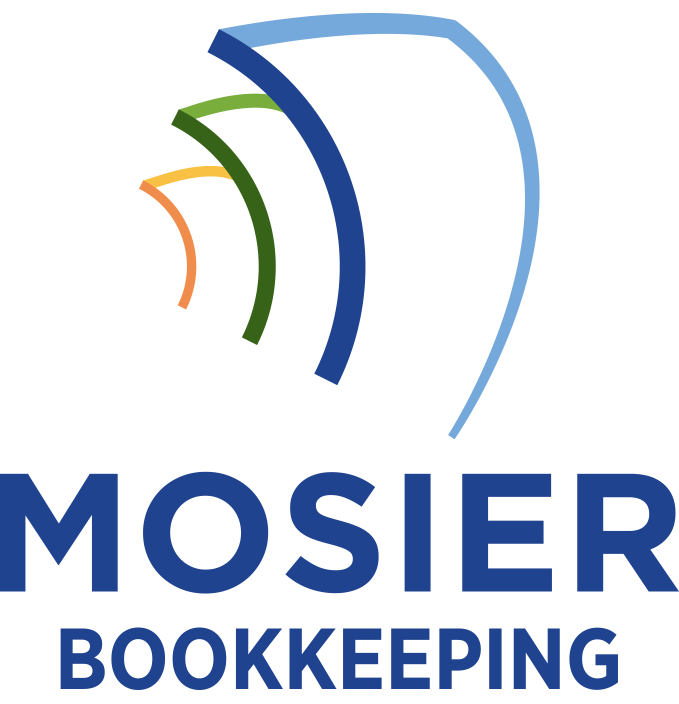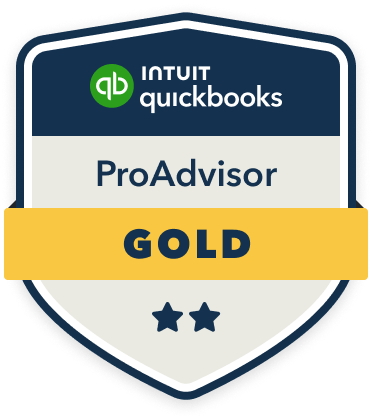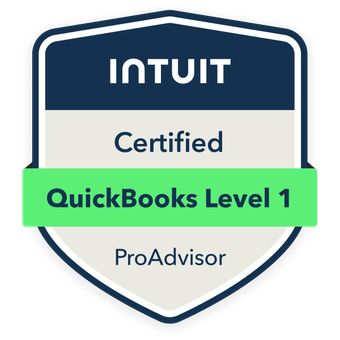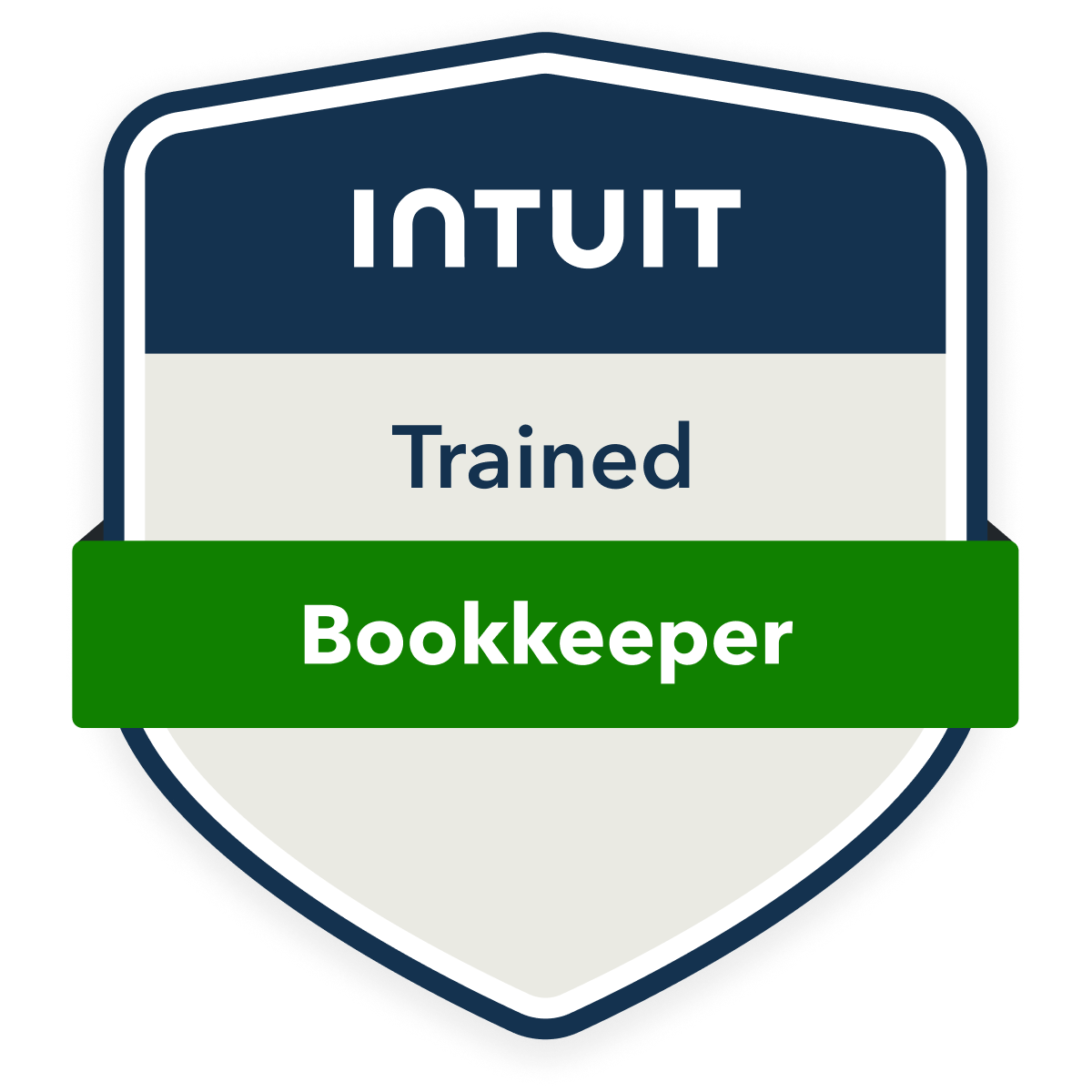Best practices for managing volunteer hours start with implementing a digital tracking system using free tools like Google Forms or Track It Forward to standardize documentation. I recommend setting up dual-verification protocols where both volunteers and supervisors sign off on hours, while maintaining records for at least three years per IRS guidelines. You’ll want to regularly analyze data for grant reporting and showcase impact through financial metrics. The right system can transform your volunteer program’s efficiency and compliance.
Understanding the Value and Impact of Volunteer Hour Documentation

While many organizations focus primarily on tracking financial donations, documenting volunteer hours carries equal strategic importance for nonprofits and community groups. I’ve found that meticulous hour tracking strengthens grant applications, demonstrates community impact, and validates in-kind contribution values for tax purposes.
I leverage volunteer data to showcase our organization’s operational efficiency to stakeholders. By assigning monetary values to volunteer time using standardized rates, I transform hours into quantifiable financial contributions. This practice helps me secure additional funding, optimize resource allocation, and prove our program’s sustainability to board members and potential donors.
Setting Up a Standardized System for Time Tracking
I’ll show you how to efficiently track volunteer hours by choosing simple, cost-effective digital tools like Google Forms or free time-tracking apps that won’t strain your budget. I recommend creating standardized time entry forms that capture essential data points including volunteer name, date, project, and specific tasks completed. These digital solutions eliminate paper waste while providing you with organized, accessible records that you can easily analyze and report on when needed.
Select Digital Tracking Tools
Three essential digital tools can streamline your volunteer hour tracking process while keeping costs minimal. I recommend Google Sheets for its free, collaborative spreadsheet capabilities that let you create custom tracking forms. Time Station offers a free tier perfect for smaller organizations, allowing volunteers to clock in/out using tablets or smartphones. Finally, Track It Forward provides specialized volunteer management features with affordable paid plans starting at $10 monthly.
I’ve found these platforms integrate smoothly with existing systems and scale as your volunteer base grows. Each tool offers robust reporting features that’ll help you analyze volunteer engagement and generate compliance documentation efficiently.
Create Time Entry Forms
Creating standardized time entry forms establishes the foundation for accurate volunteer hour tracking. I recommend designing forms that capture essential data points while remaining user-friendly. Here’s a practical template you can implement immediately:
| Field Name | Required? | Purpose |
|---|---|---|
| Name/ID | Yes | Unique identifier |
| Date | Yes | Service timing |
| Project | Yes | Activity tracking |
| Hours | Yes | Time calculation |
| Supervisor | Yes | Verification |
I’ll guarantee every form includes signature lines for both volunteers and supervisors. This dual-verification system protects your organization and maintains data integrity. For maximum efficiency, I suggest using carbonless copy paper – one copy for your records, one for the volunteer.
Digital Tools and Software Solutions for Volunteer Management

I recommend exploring several cost-effective digital solutions that can streamline your volunteer hour tracking, including free platforms like Track It Forward and VolunteerHub that offer basic features perfect for small organizations. Cloud-based systems like Better Impact and Volgistics provide extensive volunteer management capabilities, though you’ll need to weigh their subscription costs against your budget and needs. For organizations with limited resources, mobile apps such as HourTracker or Google Sheets’ free mobile interface can serve as practical alternatives that allow volunteers to log their hours directly from their smartphones.
Digital Time-Tracking Platforms
Modern volunteer organizations can streamline their time-tracking processes by using digital platforms designed specifically for managing volunteer hours. I recommend solutions like Track it Forward, VolunteerHub, and When I Work, which offer real-time tracking capabilities and automated reporting features. These platforms let me monitor volunteer activities, generate detailed reports, and maintain accurate records for grant requirements and tax purposes.
I’ve found that cloud-based solutions reduce administrative overhead while providing volunteers with user-friendly mobile apps to clock in and out. The investment typically pays for itself through improved accuracy, reduced paperwork, and better volunteer retention through gamification features.
Cloud-Based Volunteer Management Systems
While traditional spreadsheets can track volunteer data, cloud-based volunteer management systems offer a more extensive solution for organizations of any size. I’ve found platforms like VolunteerHub and SignUpGenius particularly effective, providing real-time access to volunteer schedules, automated hour tracking, and instant reporting capabilities.
I recommend choosing a system with customizable dashboards, integration options with your existing software, and mobile accessibility. You’ll save money long-term through reduced administrative overhead and improved volunteer retention. Most platforms offer tiered pricing, so you’ll only pay for features you need. Look for systems offering secure data storage, automated backups, and compliance with volunteer privacy regulations.
Mobile Recording Apps
Today’s smartphones transform volunteer hour tracking through specialized mobile recording apps, offering a cost-effective alternative to traditional methods. I recommend apps like Track It Forward, Golden, and VolunteerLocal that let you log hours instantly, validate service times through GPS, and generate detailed reports for your records.
You’ll find these apps particularly valuable for streamlining administrative tasks. Most offer free basic versions that include essential features like digital timesheets, automated calculations, and data export capabilities. I suggest testing several free versions before committing to a paid subscription, ensuring you select an app that aligns with your organization’s specific needs and budget constraints.
Legal Requirements and Compliance Guidelines
Organizations must keep up with strict regulations when tracking volunteer hours for tax purposes and grant compliance. I’ll guide you through the key legal requirements you need to follow.
You must maintain accurate records of volunteer service dates, times, and activities for at least three years per IRS guidelines. I recommend documenting signed waivers, background checks, and training certifications to protect your organization. For grant-funded programs, you’ll need to track specific metrics required by grantors, including skill-based contributions and service categories.
Always verify your state’s unique compliance requirements, as regulations vary by jurisdiction and nonprofit classification.
Reporting and Analysis of Volunteer Hour Data

Proper analysis of volunteer hour data can transform raw numbers into actionable insights for your nonprofit. I recommend breaking down hours by program, skill level, and time of day to identify peak volunteer periods and resource gaps. Use data visualization tools to create compelling reports that demonstrate your organization’s impact to stakeholders and funders.
Track volunteer retention rates, calculate the dollar value of service hours, and monitor year-over-year growth trends. I’ve found that analyzing volunteer demographics helps target recruitment efforts and optimize scheduling. Cross-reference this data with program outcomes to prove volunteer impact and secure additional funding for your mission-critical initiatives.
Strategies for Long-Term Record Maintenance and Storage
Three essential components form the foundation of effective long-term volunteer record storage: secure digital backups, organized physical files, and clear retention policies. I recommend implementing these proven strategies to safeguard your organization’s valuable volunteer data:
- Store cloud backups in multiple locations, using enterprise-grade encryption and password protection
- Maintain physical records in fire-resistant filing cabinets with controlled access
- Establish a 7-year minimum retention schedule for volunteer documentation, aligned with standard audit requirements
- Create a documented chain of custody system to track who accesses records and when
This framework maximizes data security while minimizing storage costs and administrative overhead.









